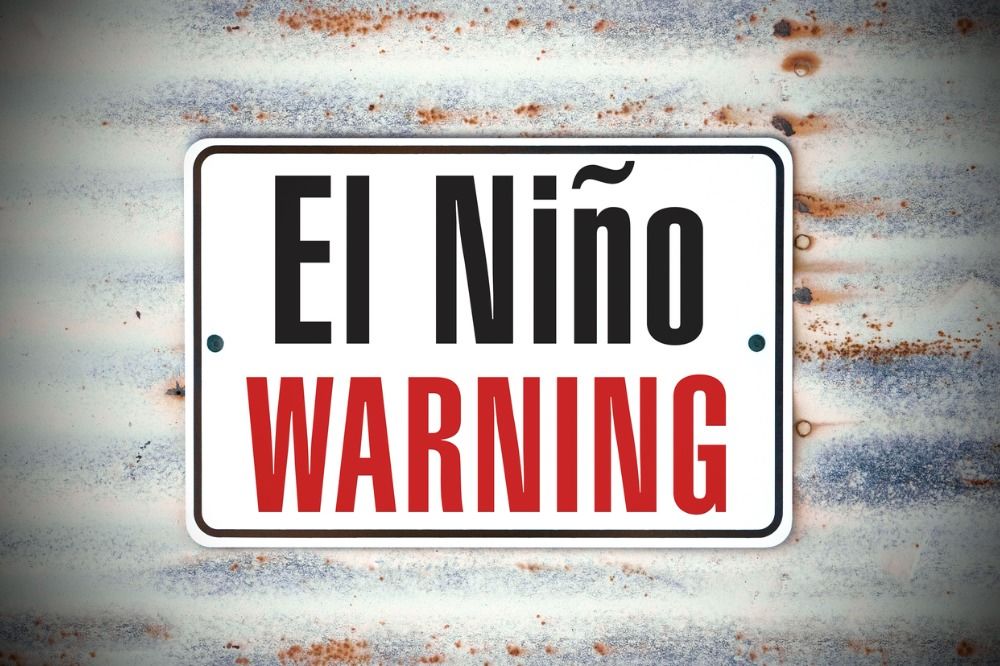Unveiling El Niño's Influence on New Zealand's Summer and Natural Hazards: A Comprehensive Guide
Date: 18 Dec 2023
Understanding El Niño
El Niño, a climatic phenomenon characterized by warmer-than-average sea surface temperatures in the central and eastern Pacific Ocean, exerts a profound influence on global weather patterns. In New Zealand, this phenomenon significantly shapes the summer climate and triggers a cascade of natural impacts, often altering the landscape and affecting various sectors.
What El Niño Means for NZ Summer
During an El Niño event, New Zealand typically experiences drier and warmer conditions, particularly in the eastern regions. These weather patterns can lead to droughts, reduced rainfall, and higher temperatures across the country, impacting agriculture, water resources, and overall environmental stability.
El Niño's Impact on New Zealand
The impact of El Niño on New Zealand extends beyond temperature and precipitation changes. Coastal areas may witness increased storm surges and heightened risks of erosion due to altered oceanic conditions. Agriculture faces challenges with disrupted rainfall patterns, affecting crop growth and livestock management.
El Niño's Specific Influence in the Summer Season
In the New Zealand summer, El Niño intensifies its effects, often leading to more prolonged dry spells and increased evaporation rates. This can heighten the risk of wildfires, placing stress on ecosystems, endangering wildlife, and posing threats to property and human safety.
Natural Hazards Amplified by El Niño
- El Niño exacerbates various natural hazards in New Zealand, including but not limited to:
- Drought: Prolonged dry conditions impact water availability, agricultural productivity, and increase the risk of wildfires.
- Heatwaves: Elevated temperatures during El Niño summers can pose health risks, especially for vulnerable populations.
- Coastal Hazards: Higher sea surface temperatures can influence storm frequency and intensity, potentially leading to increased storm surges and coastal erosion.
- Agricultural Impacts: Reduced rainfall affects farming practices, crop yields, and livestock management, impacting the agricultural sector.
Navigating El Niño's Impact: Insights from Lawn Rite
For those managing landscapes and lawns, understanding how El Niño affects New Zealand's environment is crucial. Lawn Rite, a leading name in lawn care and maintenance, offers valuable insights on mitigating El Niño-related challenges. Their expertise spans from adapting lawn care practices during dry spells to ensuring landscape resilience amidst changing weather patterns.
Preparing for El Niño's Influence
El Niño's impact on New Zealand, especially during the summer, presents challenges across multiple sectors. From altered weather patterns to heightened natural hazards, its influence reverberates through the country's environment and communities. By staying informed, adapting strategies, and seeking expert guidance from services like Lawn Rite, individuals and communities can better prepare and navigate the effects of El Niño.

